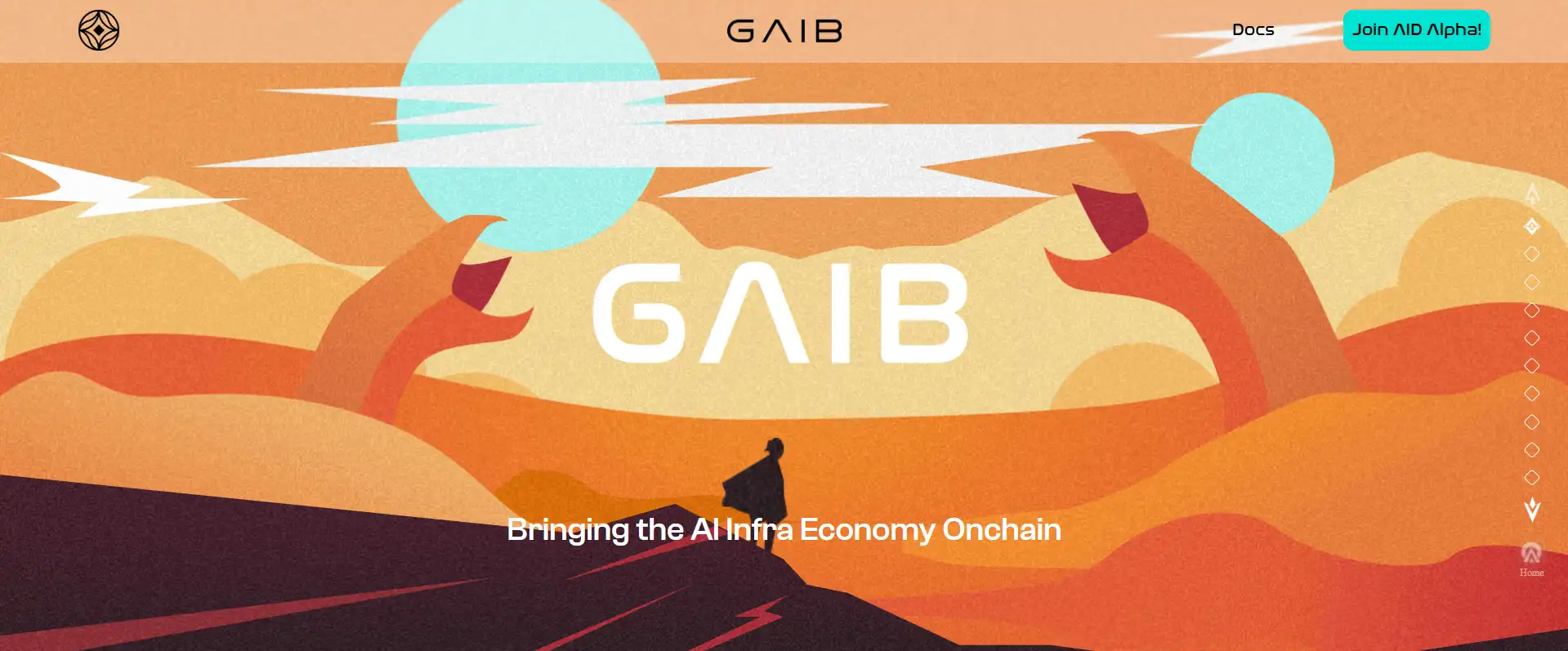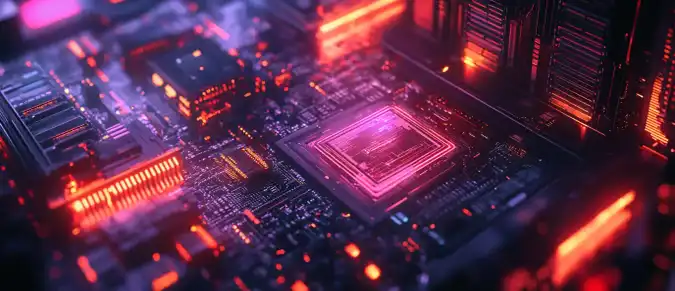GAIB is a decentralized economic layer for the artificial intelligence industry, combining real computational power, DeFi tools, and tokenized yield-bearing assets. The project offers a synthetic dollar, AID, backed by GPU infrastructure, allowing investors to earn income from AI computing without owning physical hardware. Through partnerships with Aethir and Amber Group, GAIB is building a solid foundation for integrating Web3 with the real economy.
- GAIB Concept: Why an Economic Layer for AI Matters
- GPU Tokenization and Protocol Mechanics
- AID and sAID: GAIB’s Financial Instruments
- Strategic Partnerships and Pilots
- Audit, Risks, and Project Governance

GAIB Concept: Why an Economic Layer for AI Matters
GAIB addresses a key issue in today’s AI market: the lack of accessible computing power and the inability for smaller investors to benefit from GPU income. Demand for generative models, LLMs, and AI training is growing rapidly, while access to server-grade GPUs like the NVIDIA H100 remains out of reach for most. GAIB introduces a decentralized infrastructure financing model, granting liquidity to data centers, income to users, and a transparent monetization platform to the market.
Unlike centralized clouds, GAIB builds an open ecosystem where GPUs become yield-bearing digital assets. It’s not just an infrastructure product but a new form of tokenized economy, where compute power is the foundation of value. The project redefines the role of DeFi in the real sector and enables fairer access to AI resources.
GPU Tokenization and Protocol Mechanics
GAIB uses a two-layer protocol architecture, integrating real-world data center operations with blockchain-based finance. This model bridges off-chain GPU infrastructure with DeFi systems. Below are the key protocol components:
-
Off-chain: GAIB signs contracts with data centers, providing financing in exchange for GPU revenue rights.
-
Collateral: Each deal is secured by physical GPUs, minimizing risk.
-
Revenue models:
-
Debt: fixed 10–20% APY
-
Equity: up to 80% revenue share
-
-
On-chain: Users can swap stablecoins for AID, stake it, and earn returns.
-
Defaults: In case of issues, GAIB can seize hardware and redirect earnings.
-
DeFi integrations: AID and sAID are used in lending, trading, farming, and AMMs.
This structure forms a bridge between real infrastructure and digital assets, enabling investors to participate in the AI economy while allowing providers to raise capital outside traditional credit systems.
AID and sAID: GAIB’s Financial Instruments
GAIB’s financial model centers around two core tokens: AID and sAID.
AID is a synthetic dollar minted in exchange for stablecoins, backed by real GPU revenue. It serves as the protocol’s primary unit of account. Users can stake AID to receive sAID — a token that appreciates based on accumulated yield.
The table below shows the differences between AID and sAID:
| Parameter | AID | sAID |
|---|---|---|
| Type | Stable token | Yield-bearing token (Liquid Staking) |
| Price | ~1 USD | Increases with accrued yield |
| Function | Settlement currency | Access to GPU income |
| Utility | Payments, swaps | DeFi, lending, farming |
| Redemption | Convertible to stablecoins | Redeemable via un-staking |
This model enables users to retain liquidity while earning passive income. It's comparable to Lido’s stETH, but backed by real GPU hardware rather than validators.
Strategic Partnerships and Pilots
GAIB is actively scaling its infrastructure through partnerships and pilot launches. A key partner is Aethir, a decentralized cloud provider that launched a GPU tokenization pilot on BNB Chain in March 2025. Participants could invest up to $100,000 in GPU-backed assets with rewards paid in stablecoins or Aethir’s token ($ATH).
In August 2025, GAIB announced a $10 million strategic funding round led by Amber Group. The goal is to scale tokenized GPU derivatives and expand infrastructure across global data centers.
Through its AID Alpha gateway, the protocol has already received over $28 million in USDC deposits, reflecting strong market confidence. These funds support infrastructure development, DeFi integrations, and broader ecosystem expansion. GAIB is positioning itself as the first protocol enabling decentralized participation in the AI economy.
Audit, Risks, and Project Governance
GAIB establishes a robust framework for risk control and legal clarity. Each data center agreement is reviewed by an internal credit committee assessing financial health, contract quality, and operational readiness. Physical GPU collateral underpins income streams, reducing default risk.
Should issues arise, GAIB retains the right to seize assets or reassign GPU management. Legal structures include standard agreements, annexes, and user terms to enhance transparency.
The project also maintains liquidity reserves for AID redemptions and employs internal and external audits for partner oversight. Over time, GAIB plans to transition governance to a DAO, allowing sAID holders to vote on protocol changes, provider lists, and risk policies.





